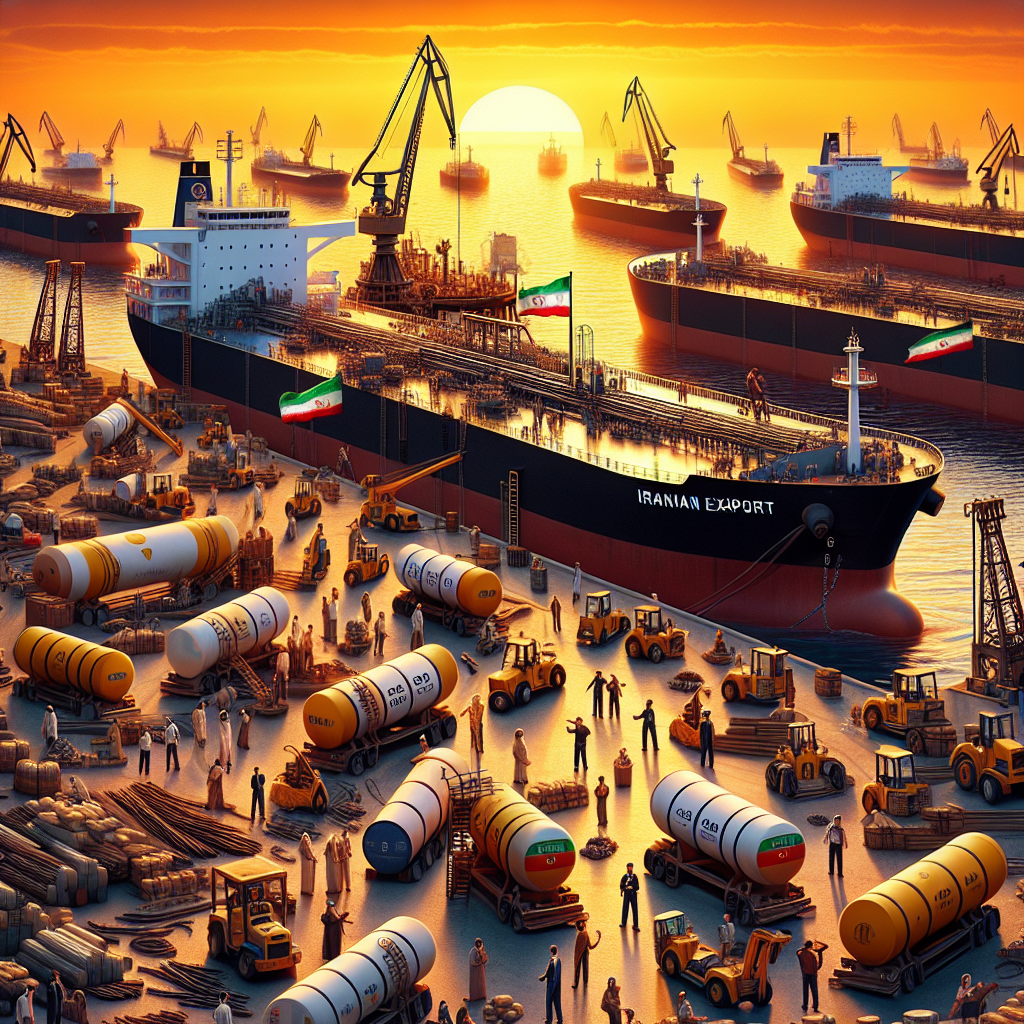Iran's High-Stakes Presidential Election: A Nation in Flux
Iranians voted on Friday to elect a new president following the death of President Ebrahim Raisi in a helicopter crash. The race is primarily seen as a contest between two hard-liners and one reformist. Voter turnout is a critical factor, with recent elections seeing a historical low.

- Country:
- United Arab Emirates
In a key moment for Iran's political future, citizens headed to the polls on Friday to choose a new president following the tragic death of President Ebrahim Raisi in a May helicopter crash. The election pits two hard-line candidates, former nuclear negotiator Saeed Jalili and parliament speaker Mohammad Bagher Qalibaf, against the sole reformist, Masoud Pezeshkian.
Analysts highlight the significance of voter turnout, which has been notably low in recent elections. Supreme Leader Ayatollah Ali Khamenei, who wields ultimate authority, has urged citizens to vote, underscoring the election's importance for the nation's direction, whether towards confrontation or negotiation with the West.
Polling stations extended voting hours to midnight due to high evening turnout, a common occurrence in past elections. As counting begins, initial results are expected by Saturday, potentially shaping Iran's domestic and international policies for years to come.
(This story has not been edited by Devdiscourse staff and is auto-generated from a syndicated feed.)
ALSO READ
Boosting Voter Turnout in Mumbai's Colaba: A Collective Effort
Eminem and Obama Rock Detroit Rally, Urging Voter Turnout
Mumbai's Push for Higher Voter Turnout: EC's Collaborative Awareness Initiatives
Iran's Supreme Leader Urges Calm Amid Rising Israel Tensions
Tensions Rise as Iran's Supreme Leader Suspended on X Amid Israel-Iran Conflict










